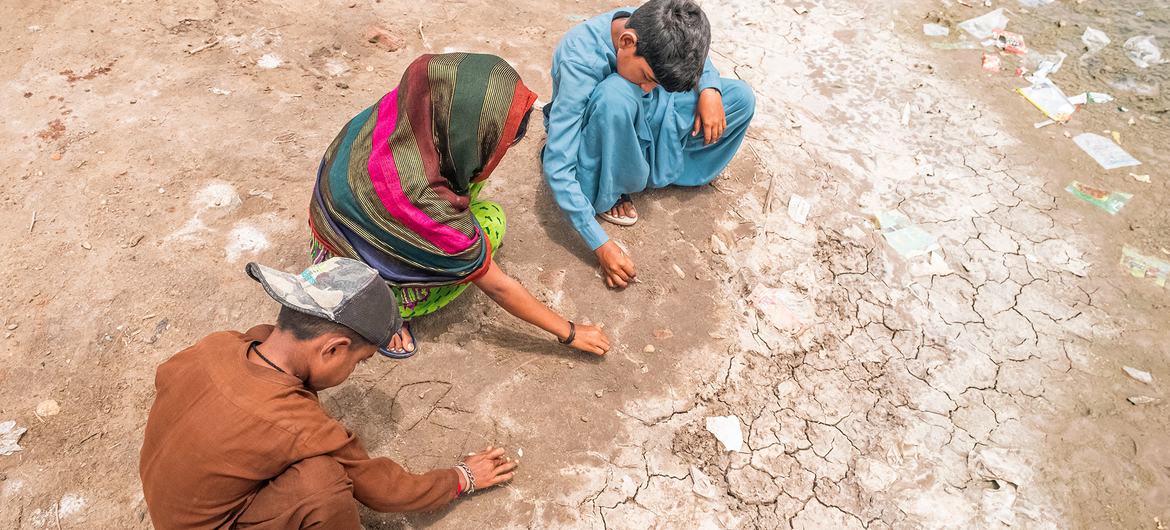Climate Change: Another month of extreme heat, Sudan exodus continues into Chad
February saw more extreme heat and unusually high
temperatures in both hemispheres, the UN weather agency (WMO)
said on Friday.
Summarising the state of the climate, the month ended with extreme heat
in the southern hemisphere where it’s summer, while high temperatures atypical
of the northern hemisphere winter prevailed.
Parts of North and South America, northwest and southeast Africa,
southeast and far eastern Asia, western Australia and Europe all saw
record-breaking temperatures, either on a daily basis or for all of February.
“The anomalous heat is consistent with the persisting warming observed
since June 2023, with seven consecutive new global monthly temperature records,
including January 2024,” said Alvaro Silva, a climatologist working with WMO.
Global sea surface temperatures are record high. While the El Niño
weather pattern “has stoked temperatures in some parts of the world, human
induced climate change is the long-term major contributing factor,” he added.
Conversely, a large part of northwestern Canada, central Asia – and from
southern central Siberia to southeastern China – witnessed exceptional cold
during the last week of the month.
The meteorological winter in the northern hemisphere and summer in the
southern hemisphere finish officially at the end of February.
Sudanese continuing
to flee into Chad: UN refugee agency
The UN refugee agency, UNHCR, raised increasing concern on
Friday that more refugees will cross into Chad from Darfur in the coming weeks
amid a worrying lack of food and other essentials.
Almost a year since the start of the civil war between rival militaries
in Sudan, neighbouring Chad urgently needs more humanitarian aid and
significant development investment, the agency reported, especially in its
eastern areas which are hosting the refugee influx.
This investment will allow the country to continue its generous
open-door stance towards refugees.
“Chadian officials are concerned that many more hungry Sudanese families
will come in the next weeks,” said Kelly Clements, UNHCR’s Deputy High
Commissioner, who is in the country to review the relief operation.
“The country is committed to keeping its borders open, despite the
fragility of this region. But, doing so will put even more strain on
Chad, which has so graciously been hosting refugees from Sudan’s war – now
raging almost a year – and other refugees still here from earlier emergencies.”
State of emergency
In December, the World Food Programme (WFP) suspended rations to
some refugee groups in the country due to lack of funds. Subsequently, the
government declared a state of emergency for food and nutrition security.
Food distributions from Chad across the border to Darfur, where the security
and protection situation is alarming, have not been made for well over a month,
with cross-border aid recently suspended.
Women and children represent some 90 per cent of all refugees. Around 77
per cent of women arrived alone in Chad, with children.
Many have been exposed to gender-based violence including rape, said
UNHCR, and now require comprehensive support. The agency provides medical and
some psychological support, but much more is needed.
“Arrivals have slowed in the last months, but that could change
quickly,” Clements said. “Even without more coming, needs now run well
beyond the capacities of humanitarian agencies. There are very real fears that
the border region faces another paltry lean season before heavy rains
lash the camps.”
More than 553,150 new refugees from Sudan had been counted by
mid-February, making the country the largest host of refugees fleeing Sudan
since the brutal war between Government troops and RSF militia erupted in
mid-April 2023.


